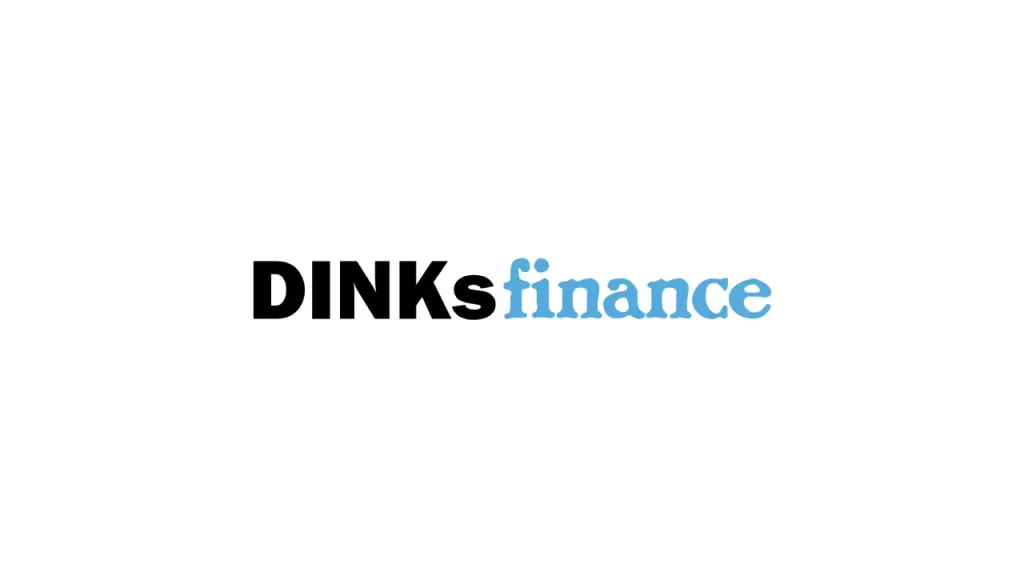
Well, in case you haven’t been following the news, the country is in the middle of a coin shortage. Well, more like a coin supply disruption.
The main story is that because of Covid-19, the Federal Reserve Bank had to take steps to protect its staff. As a result the U.S. Mint’s production of coin decreased. The Federal Reserve banks are therefore rationing the amount of coins they put into circulation. The Covid pandemic has also meant that coin heavy businesses, like laundromats, aren’t putting their coins back into the banks. Why? Everyone is sitting at home along with their coin jars. As a result, there are fewer coins circulating in the economy.
Here is the wording of the press release from the Fed. The relevant language is bolded for emphasis.
Strategic Allocation of Coin Inventories
June 11, 2020
Temporary coin order allocation in all Reserve Bank offices and Federal Reserve coin distribution locations effective June 15, 2020
The COVID‐19 pandemic has significantly disrupted the supply chain and normal circulation patterns for U.S. coin. In the past few months, coin deposits from depository institutions to the Federal Reserve have declined significantly and the U.S. Mint’s production of coin also decreased due to measures put in place to protect its employees. Federal Reserve coin orders from depository institutions have begun to increase as regions reopen, resulting in the Federal Reserve’s coin inventory being reduced to below normal levels. While the U.S. Mint is the issuing authority for coin, the Federal Reserve manages coin inventory and its distribution to depository institutions (including commercial banks, community banks, credit unions and thrifts) through Reserve Bank cash operations and offsite locations across the country operated by Federal Reserve vendors.
The Federal Reserve is working on several fronts to mitigate the effects of low coin inventories. This includes managing the allocation of existing Fed inventories, working with the Mint, as issuing authority, to minimize coin supply constraints and maximize coin production capacity, and encouraging depository institutions to order only the coin they need to meet near‐term customer demand. Depository institutions also can help replenish inventories by removing barriers to consumer deposits of loose and rolled coins. Although the Federal Reserve is confident that the coin inventory issues will resolve once the economy opens more broadly and the coin supply chain returns to normal circulation patterns, we recognize that these measures alone will not be enough to resolve near‐term issues.
Consequently, effective Monday, June 15, Reserve Banks and Federal Reserve coin distribution locations began allocating coin inventories. To ensure a fair and equitable distribution of existing coin inventory to all depository institutions, effective June 15, the Federal Reserve Banks and their coin distribution locations began to allocate available supplies of pennies, nickels, dimes, and quarters to depository institutions as a temporary measure. The temporary coin allocation methodology is based on historical order volume by coin denomination and depository institution endpoint, and current U.S. Mint production levels. Order limits are unique by coin denomination and are the same across all Federal Reserve coin distribution locations. Limits will be reviewed and potentially revised based on national receipt levels, inventories, and Mint production.
Source: FRBServices.org
The take away here is: pay with a credit card, you might not get exact change if you use cash.
Photo credit: Hamed Al-Raisi, via Flickr.


No Comments yet!